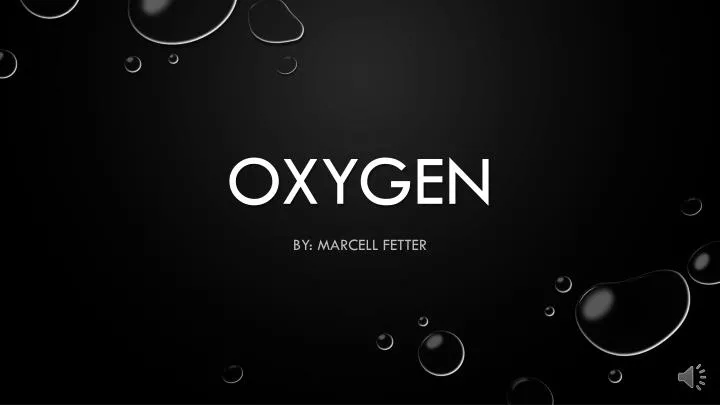

Jayse Langdon, Richard Sim, Arumugam Manthiram.

ACS Applied Materials & Interfaces 2022, 14 Performance Leap of Lithium Metal Batteries in LiPF6 Carbonate Electrolyte by a Phosphorus Pentoxide Acid Scavenger.

Gordon, Nastaran Shojarazavi, Xiaoyu Wen, Yifan Zhao, Jianjun Chen, Chi-Cheung Su, Robert J. Particle Surface Cracking Is Correlated with Gas Evolution in High-Ni Li-Ion Cathode Materials. Kaufman, Tzu-Yang Huang, Donghun Lee, Bryan D. This article is cited by 47 publications. The analyses we report here could be used to quantify the role of the electrolyte, surface contaminants, and transition metal oxide composition on outgassing, electrolyte decomposition, and transition metal oxide surface degradation. As measured using titrations that quantify surface peroxo-like character, the disordered surface layer that forms during cycling extends deeper into the oxide bulk than would be anticipated simply from the total O 2 evolved. CO 2 stemming from electrolyte degradation and Li 2CO 3 decomposition begins to evolve above ∼3.9 V on charge, discharge, and rest and results from a corrosion-like process involving NMC622, which appears to be distinct from the process that evolves O 2.

By combining differential electrochemical mass spectrometry (DEMS) with titrations of electrochemically modified LiNi 0.6Mn 0.2Co 0.2O 2 (NMC622), we find that coinciding with the onset of CO 2 evolution above ∼3.9 V vs Li/Li + anodic cutoff potentials are several phenomena: (i) degradation of the native surface Li 2CO 3, (ii) degradation of the electrolyte evolving CO 2, (iii) formation of a film of carbonate-like electrolyte degradation products on charge which are (iv) largely reduced and desorb on discharge, (v) near-surface oxygen charge compensation during charge, and (vi) irreversible formation of a transition metal-reduced, oxygen-depleted layer on the surface of NMC622 that persists after discharge.


 0 kommentar(er)
0 kommentar(er)
